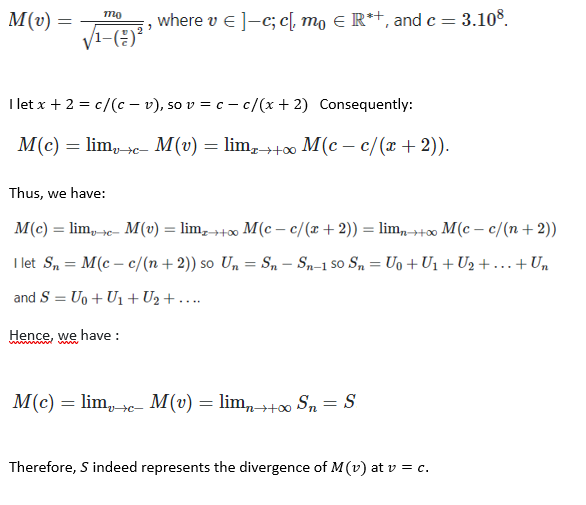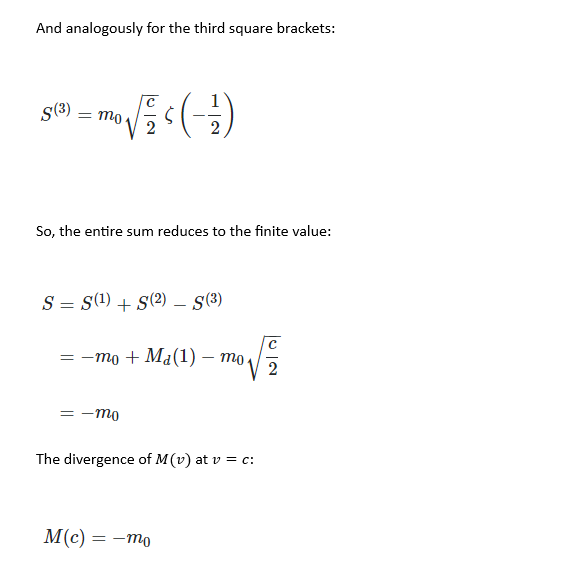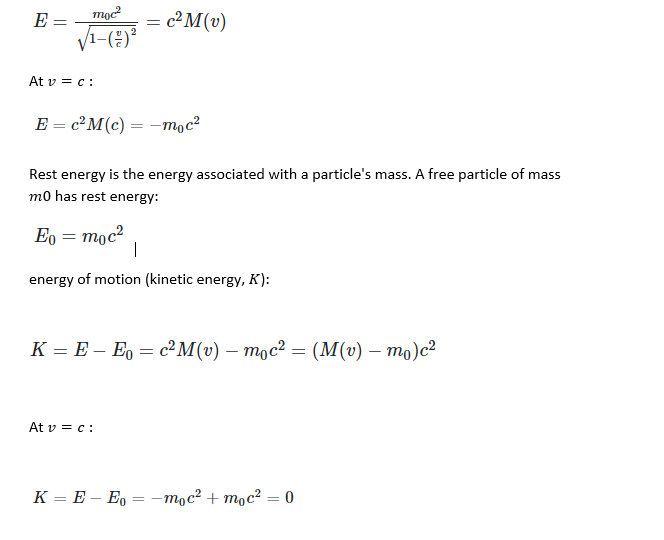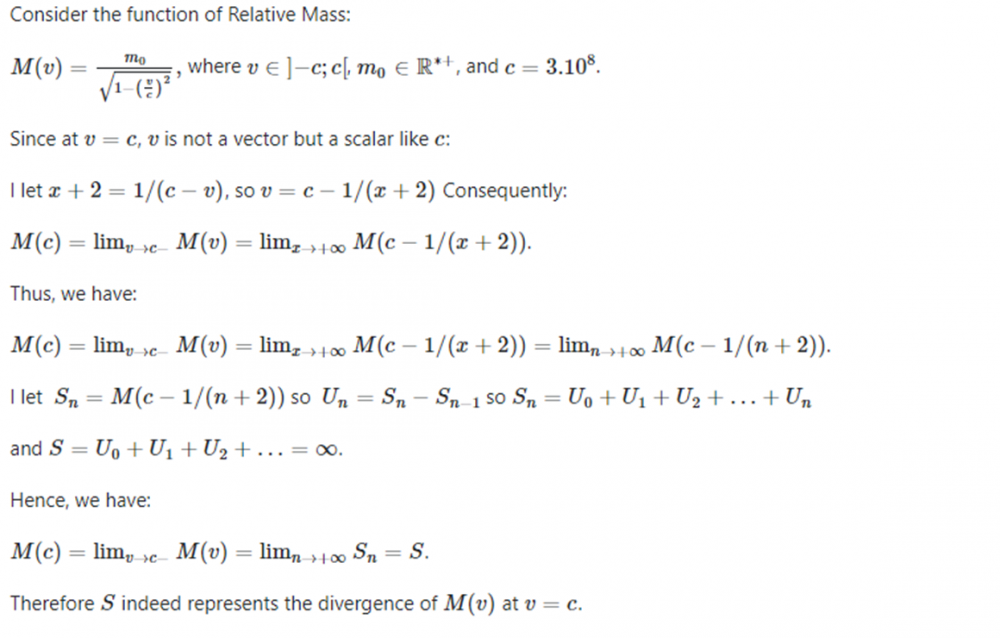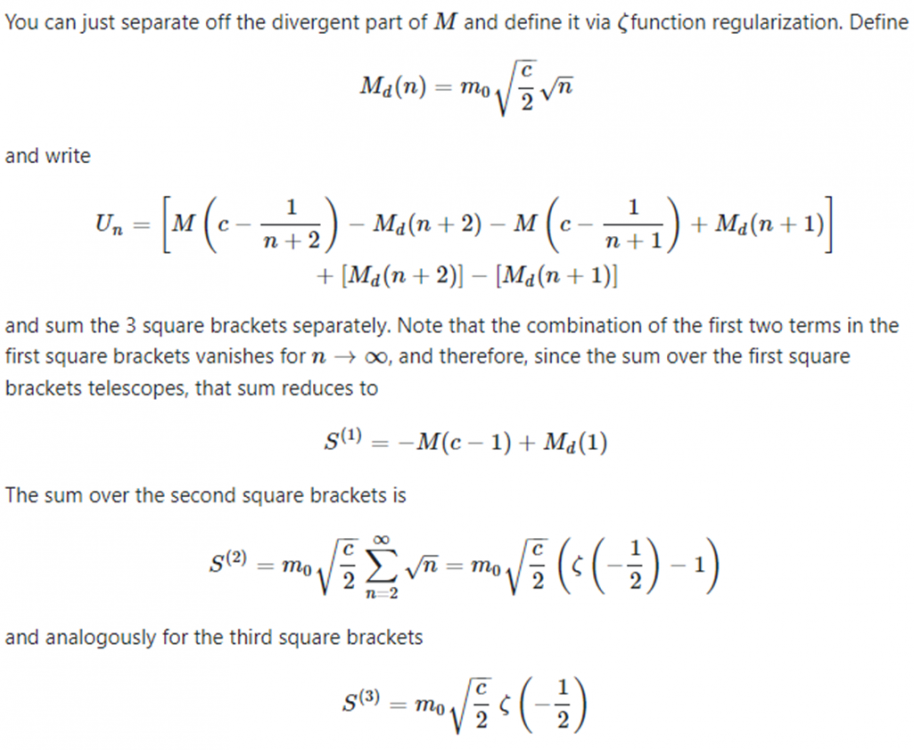

Z.10.46
Senior Members-
Posts
91 -
Joined
-
Last visited
Content Type
Profiles
Forums
Events
Everything posted by Z.10.46
-
What is the mathematical equation in 2D and 3D for your body? Is there a mathematician in our world who could find the mathematical equation in 2D and 3D for their own body? For your information, 2D refers to surface equations, and 3D refers to volume equations. This passage is just for laughter and to encourage participants to try finding the equation for their own body: It's amusing that no mathematician has thought of writing their own body equation, who knows perhaps this equation hides a great mathematical secret.😀 Some legends about the city of Atlantis mention that the foundation of their highly advanced civilization, far more advanced than ours, lay in the discovery of these equations of the human body...😉 It's a buzz that can be noticed by many people, even those who aren't mathematicians. If a mathematician could find the equation of their body, it would create a significant buzz. They could gain notoriety and might even be paid by celebrities and wealthy individuals to write their body equations as well...🤑
-
Yes, but they have a total negative energy -m0c^2. That can explain dark matter or dark energy, as we can see its negative energy effect after this transformation by this phenomenon...
- 5 replies
-
-3
-
Hello , The present theory explores the behavior of the expression of relative mass M(v) with respect to the speed of light (v=c)\ and suggests that dark matter or dark energy could be composed of ordinary particles with mass that have reached the speed of light. The theory delves into a mathematical analysis of the series representing the relative mass function, M(v), and discusses its divergence at v=c, drawing parallels with the regularization of the Casimir effect using the Riemann zeta function, which gives M(c)=-M(0) at v=c. It proposes the existence of a natural phenomenon that accelerates ordinary matter with mass to the speed of light and transforms it into dark matter or dark energy with negative relative mass and finite energy. 1.Representation of the Divergence of Relative Mass at v=c: Consider the function of Relative 2.Application of zeta function regularization on the divergence of relative mass at : You can just separate off the divergent part of and define it via zeta function regularization. Define: 4.Representation of the Divergence of Relative energy at v=c: Due to the definition of the energy-momentum four-vector, in particular its time coordinate, we end up with the expression of the total energy of the particle in the laboratory reference frame, that with respect to which the particle is animated with the speed v because the energy depends on the frame of reference in which it is calculated!) in the form of: If we interpret its results, there may exist particles with a mass m0 and a negative relative mass -m0, having a negative total energy and a positive rest energy, along with zero kinetic energy. These particles could be generated by a physical phenomenon that accelerates particles with mass to the speed of light and could be linked to dark energy or dark matter. 3.Analogy of the theory with Casmir effect: Here is an example of using regularization via the zeta function in the Casimir effect: Mathematical calculations lead to the famous divergent series 1+2+3+4\ldots However, the physical results do not correspond to infinite values for the energy of the moving plates. To resolve this issue, we applied regularization through the Riemann zeta function. Eventually, we obtain a finite value of -1/12 for the divergent series1+2+3+4\ldots and this result provides a good explanation for the Casimir effect. In analogy with the Casimir effect, it is possible that the value -M(0) obtained from the divergent series representing the relative mass at v=c, U0+U1+U2+U3..., has a physical meaning to explain 95% of the missing energy in the universe. Hence, my hypothesis suggests the existence of a natural phenomenon that accelerates ordinary matter with mass to the speed of light and transforms it into dark matter or dark energy with negative relative mass and finite energy. Could you please point out any possible errors in this new theory? The issue with the unit of measurement has been resolved.😀
- 5 replies
-
-2
-
To further support my argument, I give an example with f(x) and g(y), where f(x)=x and g(y)=1/y. I set f(x)=g(y), so I have x=1/y, which is true for any real x and y, even if I set y=0, and I get x=infinity. This equality remains valid even if x is no longer a number and equals infinity because I have infinity=1/0. Next, with f(x) and g(v), where f(x)=x+2 and g(v)=1/(c-v). I set f(x)=g(v), so I have x+2=1/(c-v), which is true for any real x and v, even if I set v=c, and I get x+2=infinity. This equality remains valid even if x+2 is no longer a number and equals infinity because I have infinity=1/0. Therefore, at v=c, I have x+2=1/(c-v)=1/(c-c)=1/0=a/0, where c can have any unit, so x+2 does not have a unit of measurement. I believe this argument is clear. If not, could you please point out any errors in this argument as well?
-
Yes, I know that. I didn't write x+1~x or x^3+x^2+x+1x^3~x^3. I wrote x+2=1/c-v=1/c-c. You notice that I have two different notations, x and c. Why am I choosing ~? It's like saying I have f(x)=g(y)=1/c-c=1/0=a*1/0 with a in R+*. Is it true that 1/(c-v) = 1/(c-c) = 1/0 = a*1/0 with a in R*+ when v=c? If it is true, then I would set x+2=1/c-c=1/0=a/0 with a>0. Therefore, x+2 would not have any unit because even if I change the value of c, I would still have x+2=1/c-c=1/0=a/0, and thus x+2 would not have any unit.
-
Here, I am not just saying that v tends to c, I am saying that v=c, so 1/c-v egal infinity not just tends to infinity , if I set x+2=1/c-v, it's like having the equality infinity+2=infinity I agree with you that it is impossible to do this for a finite quantity but 1/c-v is not finite at v=c and in this case setting x+2=1/c-v is valid without a fixed unit as I demonstrated.
-
Yes, but it's a very solid mathematical proof to justify that x+2 has no unit because the equation x+2=1/c-v is true for any unit of measurement chosen for c, due to the property that infinity=a*infinity, similar to the '1' in the equation 1=c/c which has no unit of measurement as this equation is true for any unit of measurement chosen for c.😁 Could you point out a possible error in this proof?
-
It seems like you are searching for errors where there is no ,mathematical demonstration that is 100% correct. In this discussion, those who understand mathematics and physics very well have highlighted the only flaw in this proof, which is to assume x+2=1/c-v without considering the unit of c. However, the counterproof was very strong because the relationship remains valid regardless of the unit of c, just like the equation c/c=1, which is always true regardless of the unit of c. The discussion about the non-existence of 0 in physics is just off-topic. Here, you are talking about mathematical zero, while I am talking about the non-existence of a physical zero.
- 145 replies
-
-2
-
no it's correct you can show it to any mathematician, I'm not going to give a theory either where there is a calculation error and without verification by mathematicians😁 And the journal wouldn't have offered me the possibility to publish this theory if it were mathematically invalid.😄 several years I thought about this idea but I just reformulated it mathematically less than a year ago thanks to the help of online mathematicians.
-
Go ahead, you can choose any unit for c. Does the relationship remain true even if I change the unit for c?😁 If the relationship is true for any unit of c, that means it does not depend on the unit of c to pose x+2=1/c-v at v=c and x tends to infinity .😀 Why we say, for example in this equation 1=c/c, it does not depend on any unit of c, is because regardless of the chosen unit, you always obtain 1. Similarly, here in the equation x+2=1/(c-v), when c=v and x tends to infinity, this relationship holds true. Hence, it does not depend on any unit of c, just like c/c=1.😇
-
The problem with units is that if I change them, for example, to (c-1), I will obtain a different value each time. But here, when I state x+2=1/c-v, it poses no problem because regardless of the unit of c, this formula x+2=1/c-v will always hold true since infinity=infinity=a*infinity. Here's an example, let c=3.10^8 m/s, and I have x+2=1/c-v. Now, if I change the unit to c=3.10^5 m/s or any other unit, I will still have this relation true, x+2=1/c-v. Thus, this relationship does not depend on any unit of measurement as it is an equation involving divergences or infinity=infinity=a*infinity, unlike (c-1) where its value changes depending on the unit of c And it depends on the unit of c that I choose. Here is a very solid proof to set x+2=1/c-v because this equality relationship between infinities does not depend on any unit of c, it is true for any unit of c. . .
-
I don't see anything ridiculous about x+2=1/c-v, as x, 2, and 1/c-v all have the same unit. Even if I write x+a=1/c-v, I still obtain M(c)=-M(c-1), even if the unit of c changes. So, regardless of the units used, it doesn't pose any problem, and I always get M(c)=-M(c-1). In essence, x+a=1/c-v is valid for any value of a, so even if the unit of c changes, it doesn't pose any problem because it corresponds to a specific value of a where this equality is always true x+a=x+2=1/c-v at v=c . here exemple c=3^10^8 and c=1 x+2=1/c-v with x et 2 and 1/c-v have the same unit is true.😁 becouse infinty=infinity=a*infinity=infinity+a 😁
- 145 replies
-
-1
-
Je trouve E égal à l'infini comme solution quand v=c, pas vous ? Cependant, je ne suis pas sûr de la signification physique de cet infini mathématique en physique, et j'ai tenté de le trouver par régularisation. Je suis arrivé à E=-(M(c-1)+m0^c^2). N'est-ce pas intéressant ? En physique, l'infini n'existe pas, et une valeur finie peut résoudre une équation, contrairement aux mathématiques.
-
In physics, we are interested in energy to study motion.😁 How are you able to calculate the energy required to move an object?😁 And what is its value when v=c?😃 In physics, it is primarily an experimental science, nothing prohibits conducting this experiment since it originates from a physical equation at c=v, and we can explore it from all angles.

